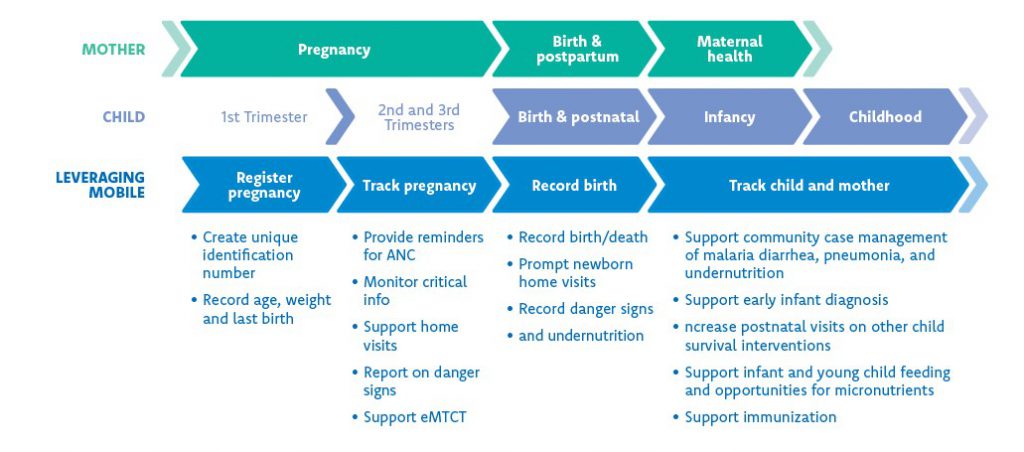It is often difficult to visualize how Digital Health can help to achieve sustainability goals. Hence, it is critical to equip IT Executives with the information to sponsor the opportunities in this space. Taking sustainability seriously in the digital health space can not only contribute to the achievement of several sustainable development goals (SDGs), but it can also generate significant business opportunities.
This article aims to demystify how Digital Health can be leveraged to achieve sustainability goal by walking through the step-by-step process to design one of the sustainability goals of UNICEF – “GOAL1: Every Child survives and thrives”
Digital Health
Digital Health refers to use of digital technologies like mobile, SMS, interactive voice response, health management systems, wearables, drones, big data analytics. Digital health interventions have demonstrated to provide improved health outcomes.
GOAL 1: Every Child survives and thrives
When one looks at the above SDG goal from an IT perspective, it may not be easily comprehensible as to how Digital Health can address this problem. However, answer lies in a disciplined approach in designing this solution.
Step #1: Problem Definition
Problem definition provides a compelling reason as to why it is important to address this issue. Here we are trying to solve 2 problems:
#1 End preventable, maternal, new-born and child deaths
#2 Promote the health and development of all children
Step #2: Beachhead
The scope of this goal is global. However, it is prudent to start small by identifying a beachhead with access to Health Care Professionals (HCPs). And then iterative through the process to add more similar markets.
Step#3: Human Centered Design
Human-centered design with a patient at the center is critical to success. It will not be hard to visualize that the user journey of mother and child becomes the core of the design.
- For mother the journey flow could be – pregnancy, birth, postpartum followed by maternal health
- For Child the journey flow could be – Trimesters, birth and postnatal, infancy and childhood
As designers, it is important to involve with health care providers (HCPs), doctors, nurses, mothers, and such key stakeholders to identify all the critical stages of these user journeys. Design thinking workshops are the best way to collaborate in such situations.
Step#4: Digital Health Interventions
The next step is to identify EPIC/themes where digital health interventions like mobile solutions can be leveraged. Again, human-centered design workshops can help identify these themes. Few includes register pregnancy, track pregnancy, record birth, and track child and mother.
Step#5: Putting this all together
The below design from UNICEF and Frog design sums up the entire designing process of a sustainability goal.

Hopefully, the above step-by-step approach provides a template on how to start designing a Digital Health Solutions for sustainability. As you can see the design process is like any IT solution, but it requires a good understanding of user-journey in healthcare setting to come up with a compelling design solution to address the SDG.
References:

 English | EN
English | EN 